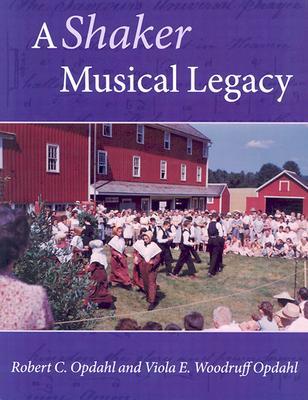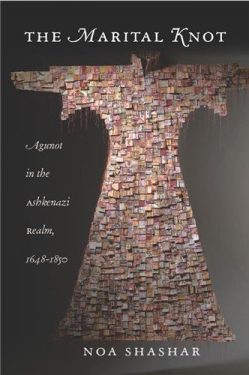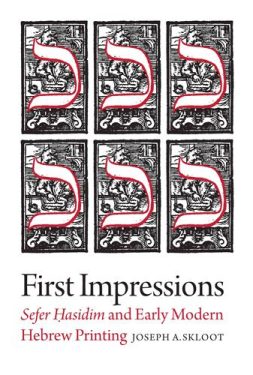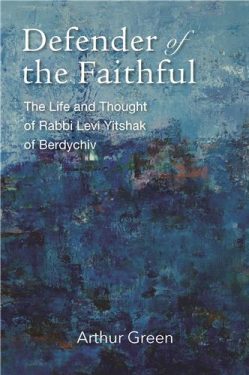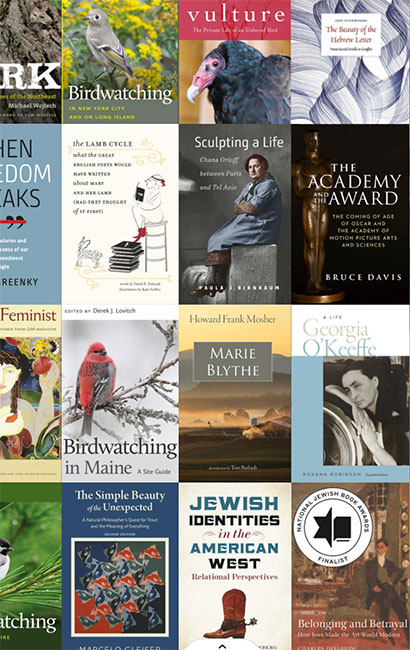The Shakers had between 4000 and 6000 members at the height of its popularity in the 19th century. Today, the sect is nearly extinct, and researchers like the Opdahls are eager to preserve its musical legacy of nearly 10,000 songs and dance tunes . . . [the Opdahls] add songs to the repertory.

